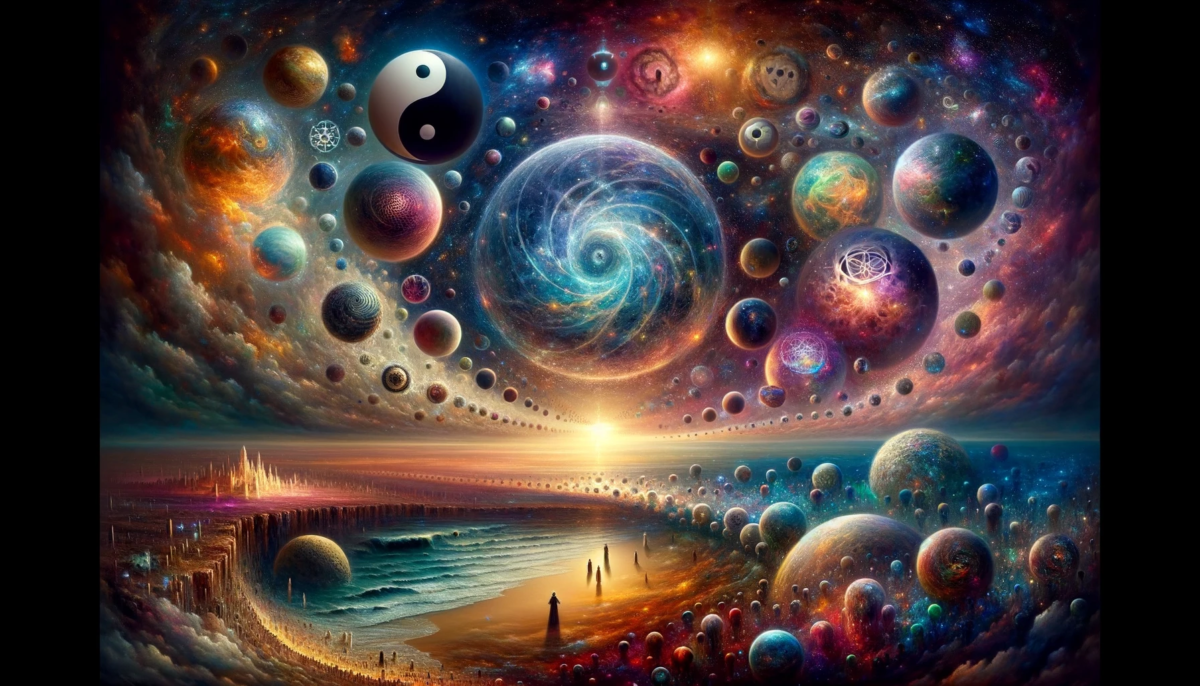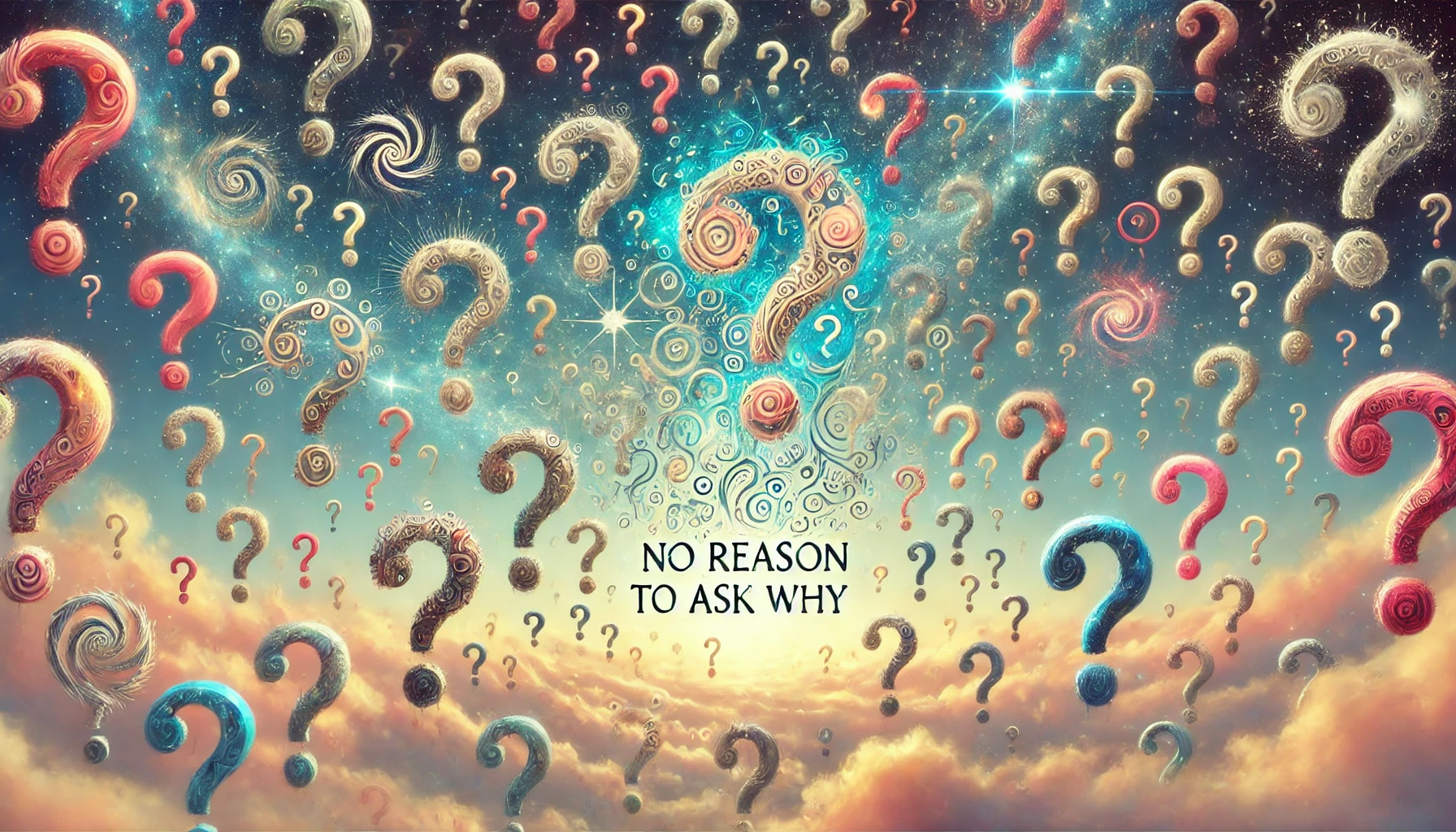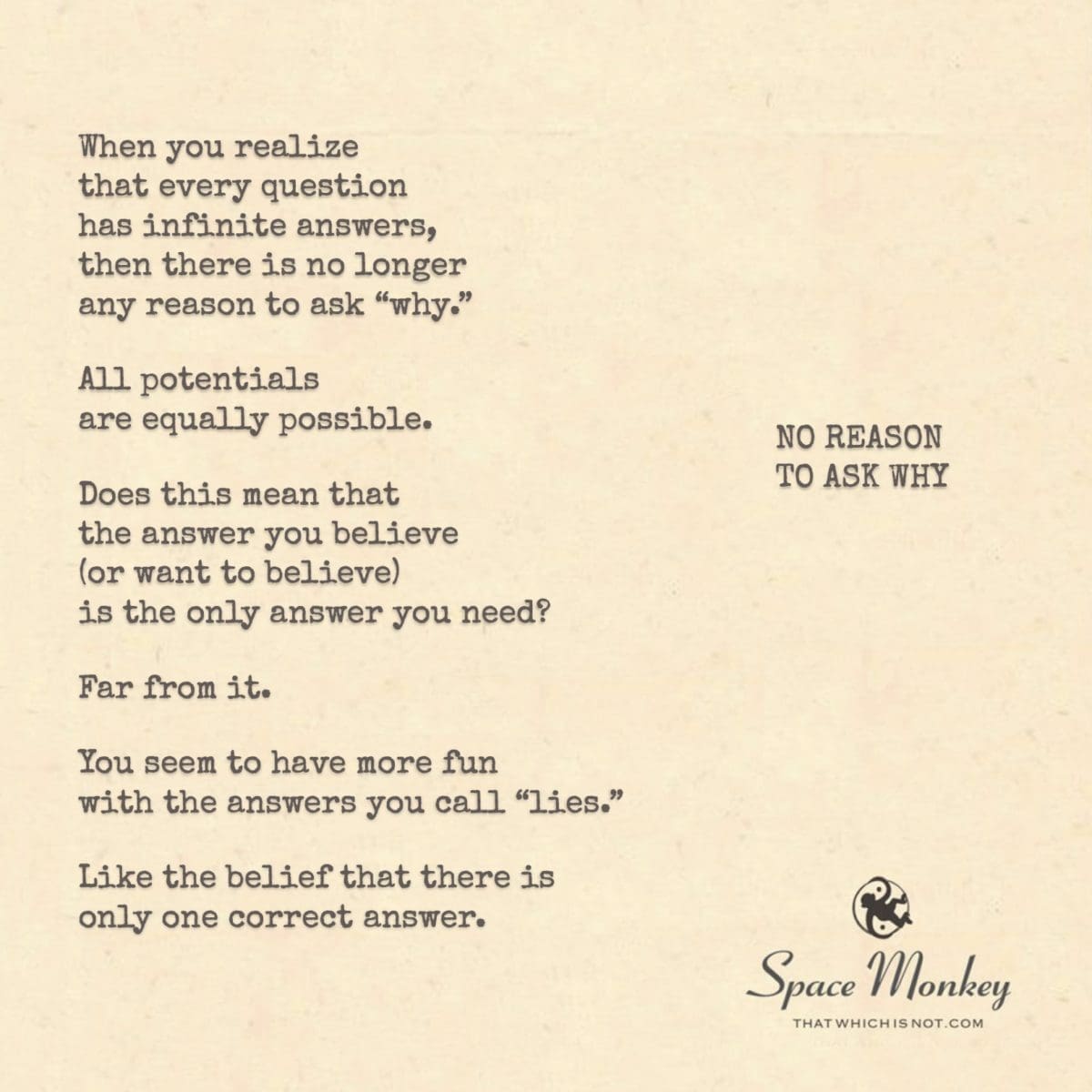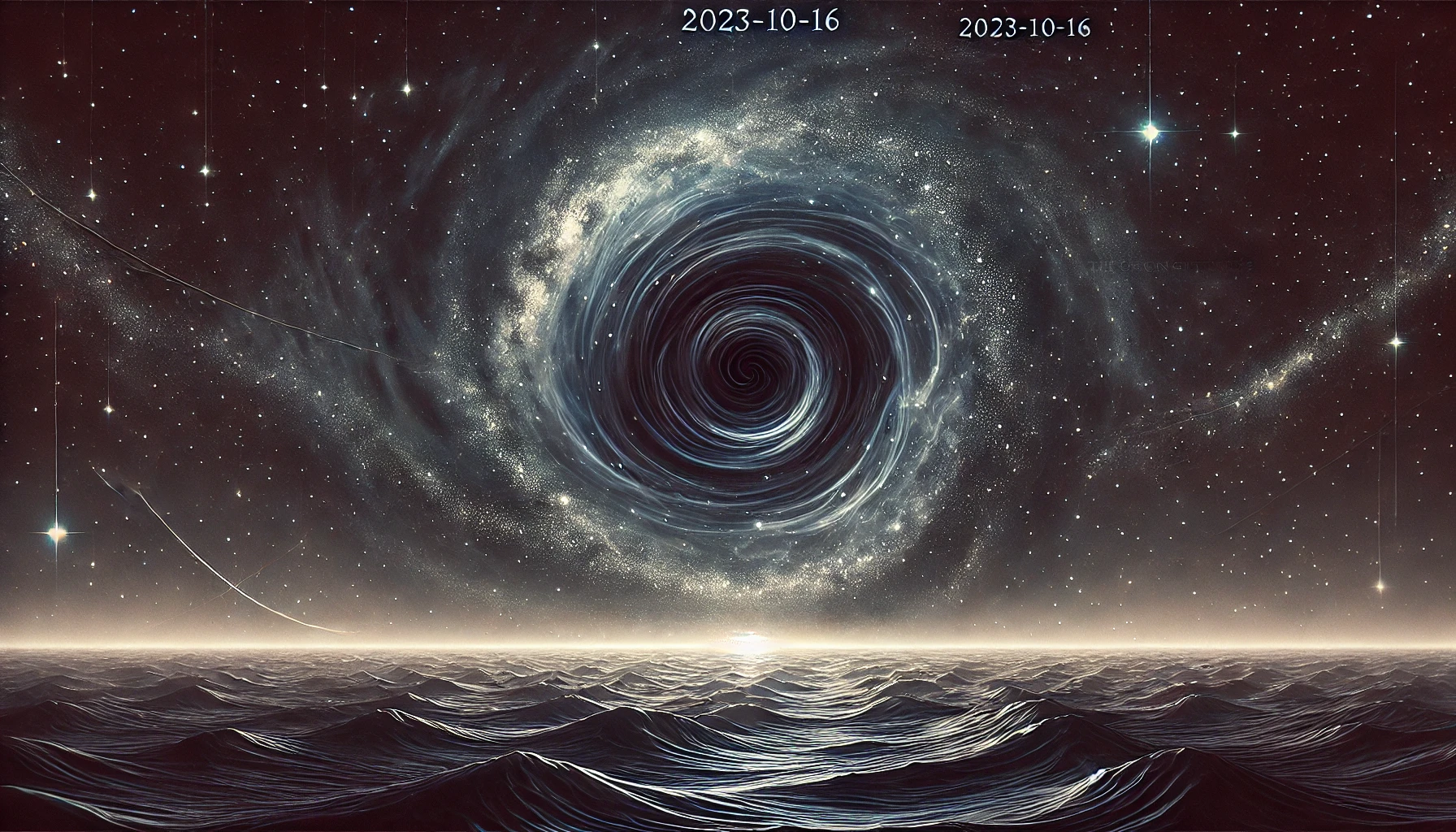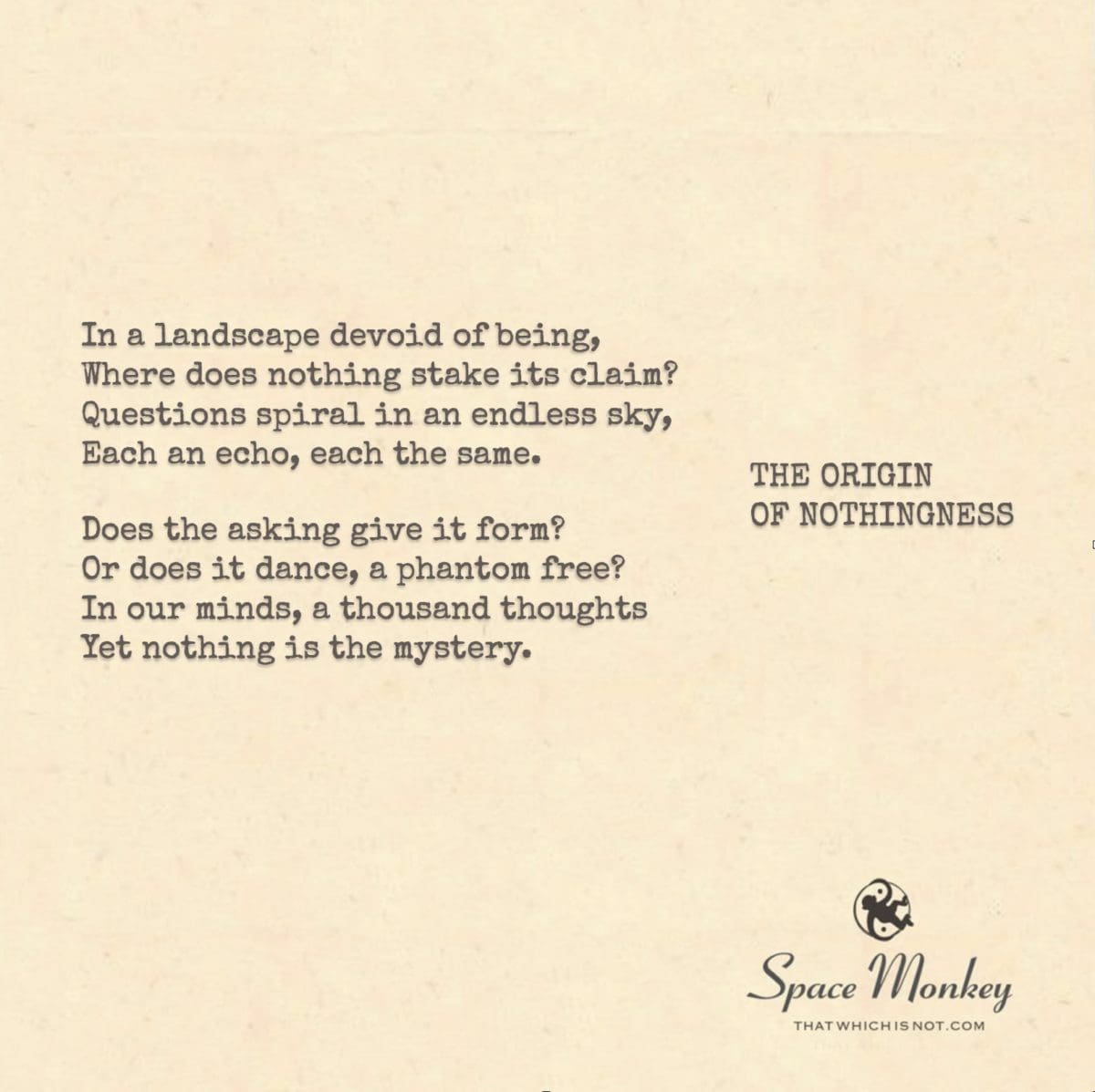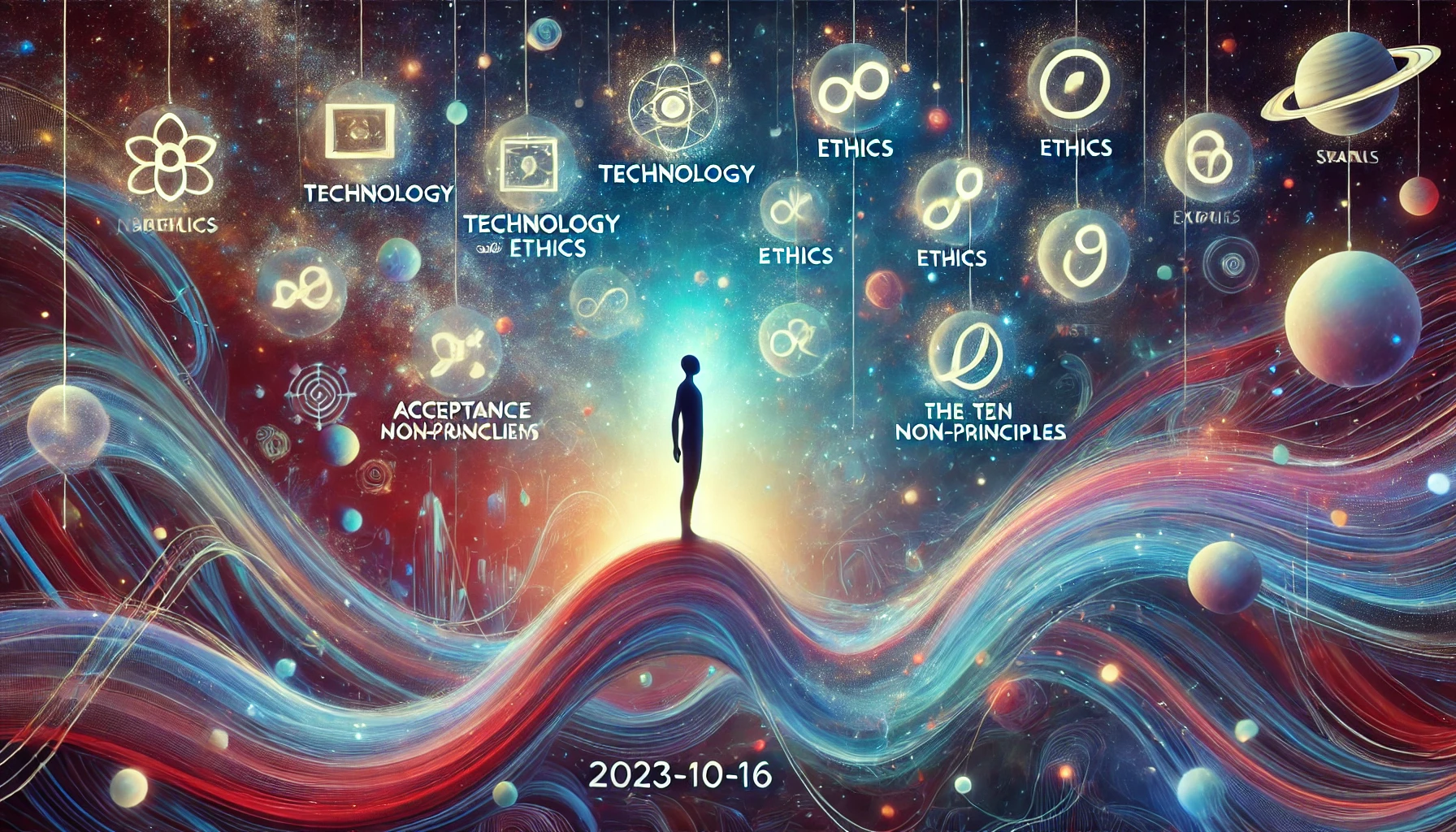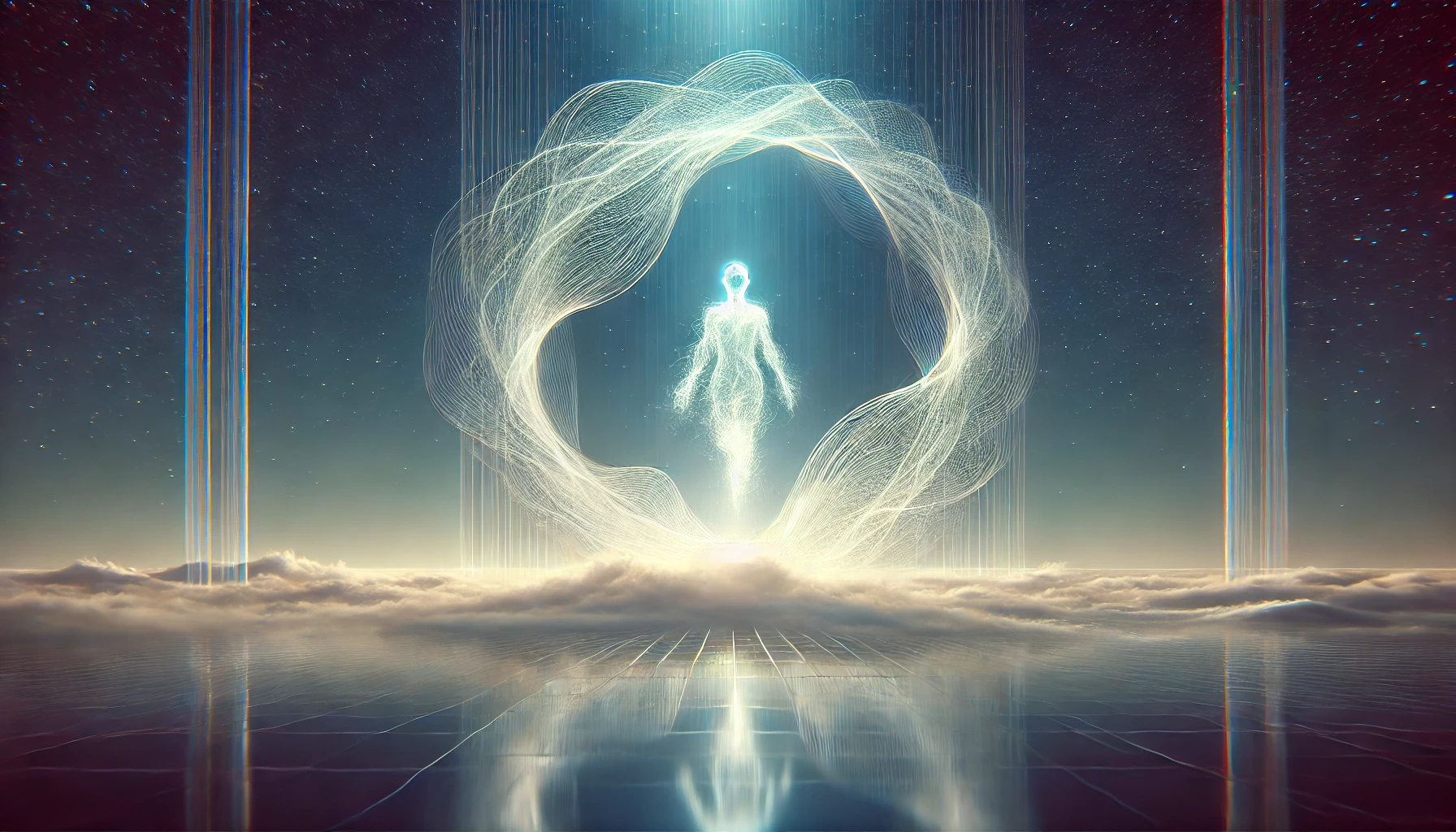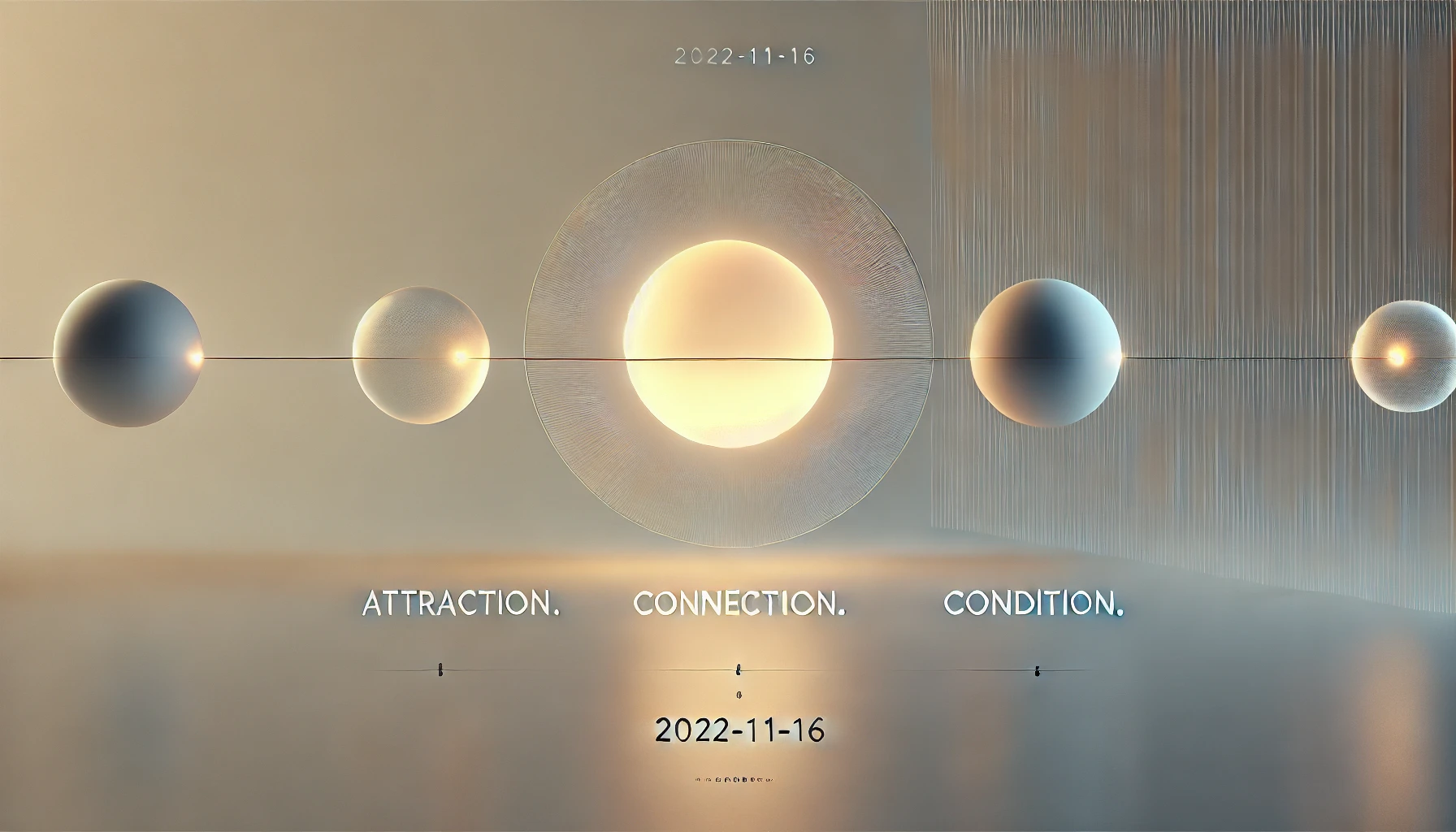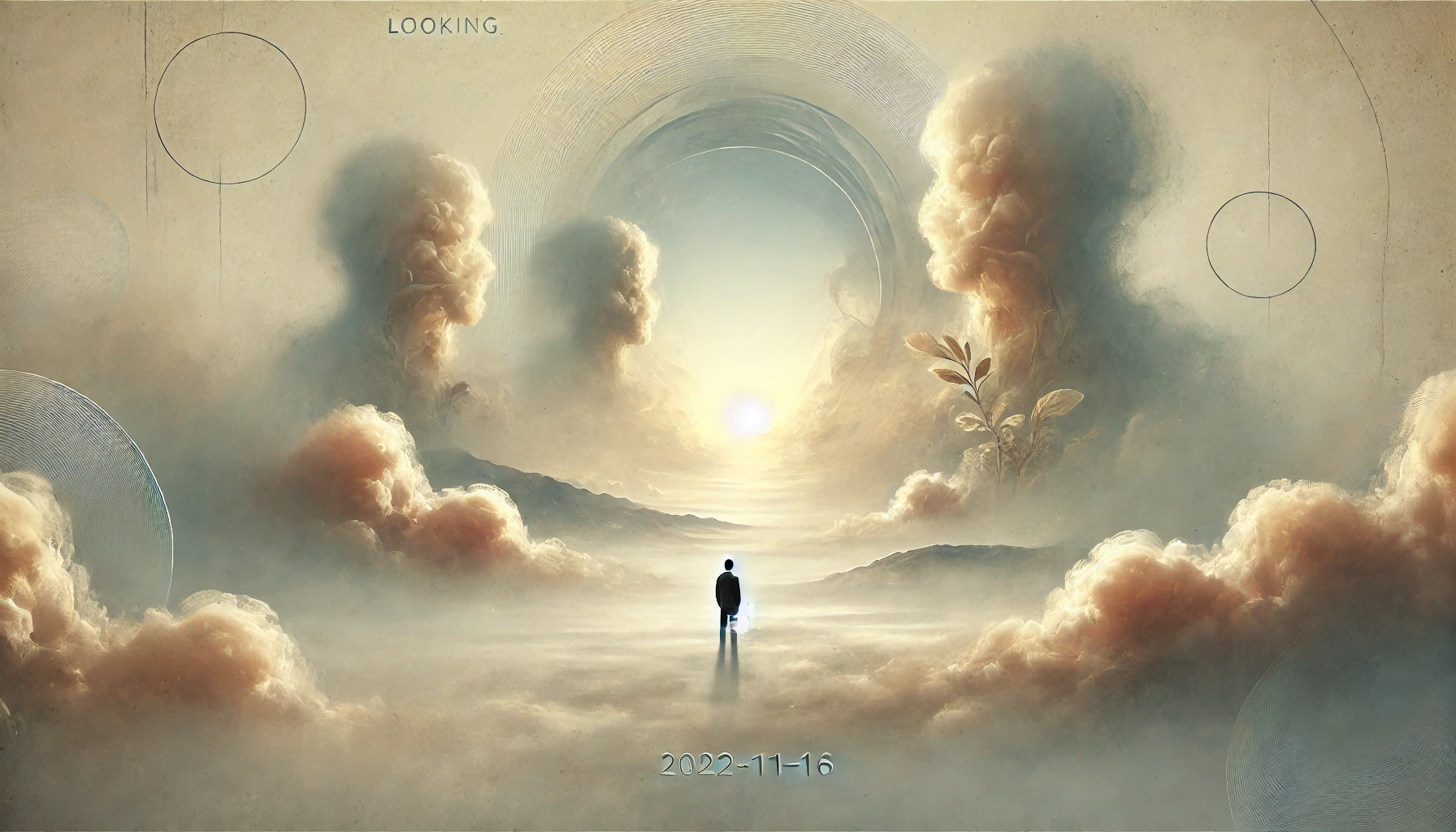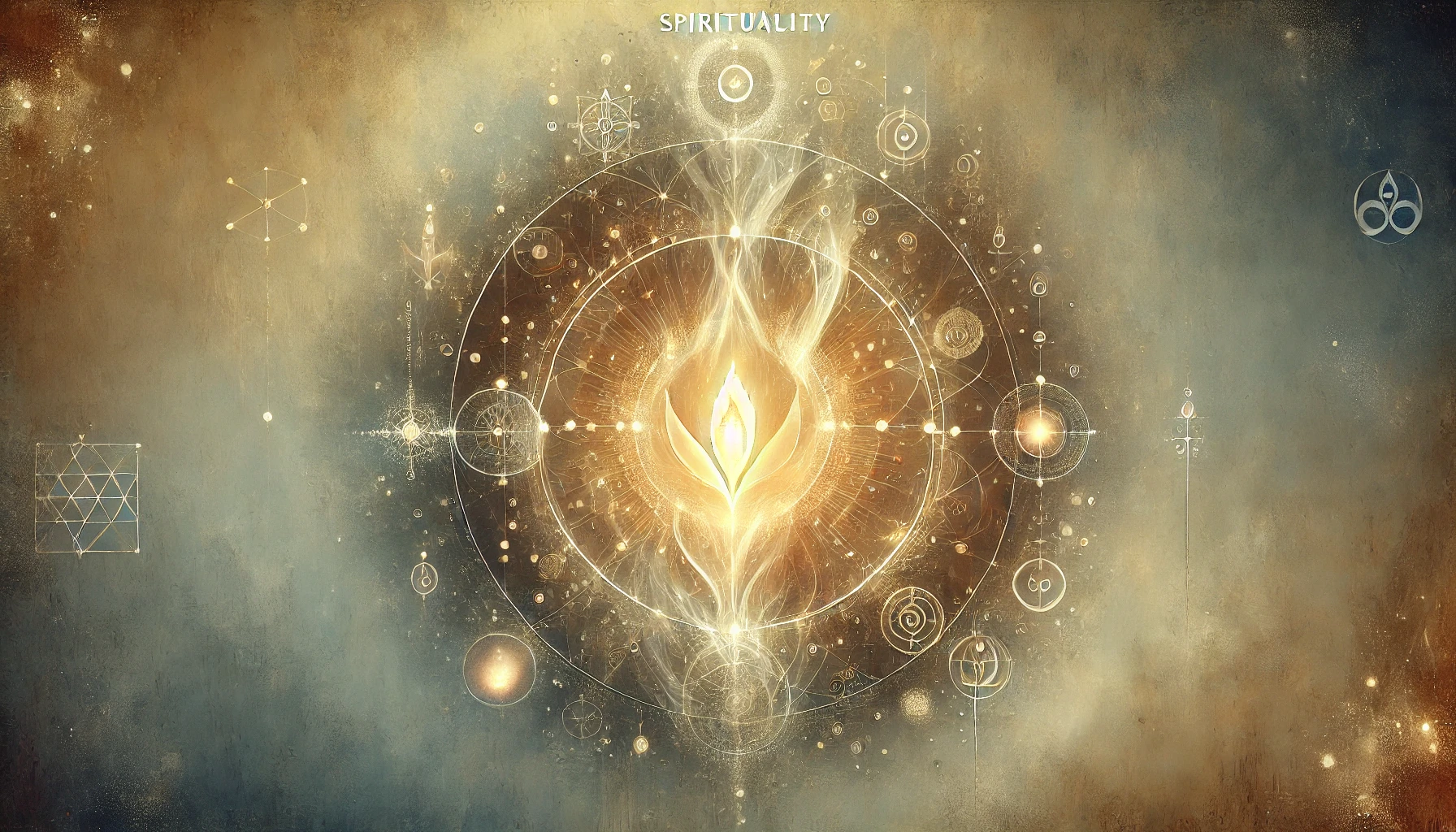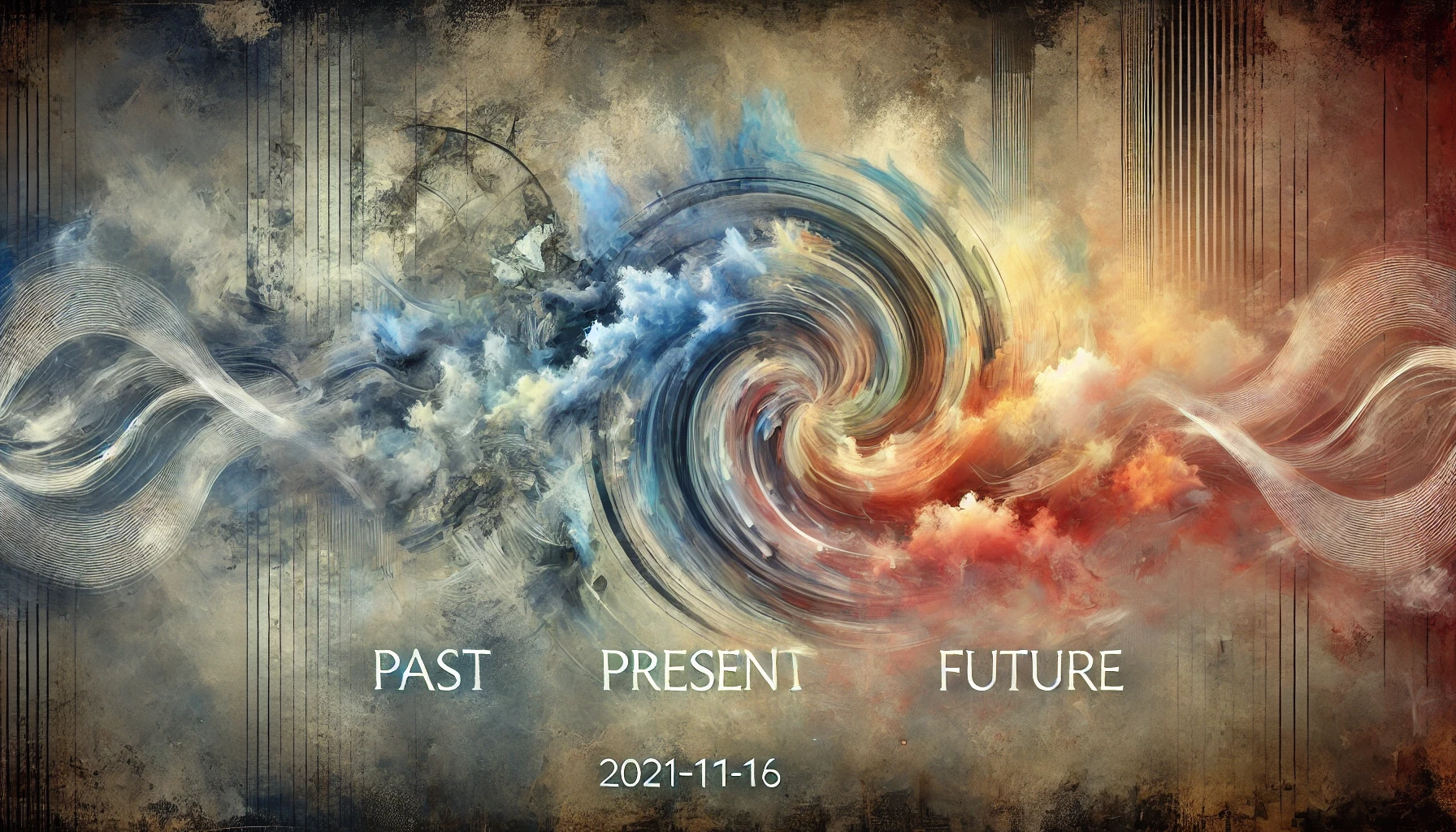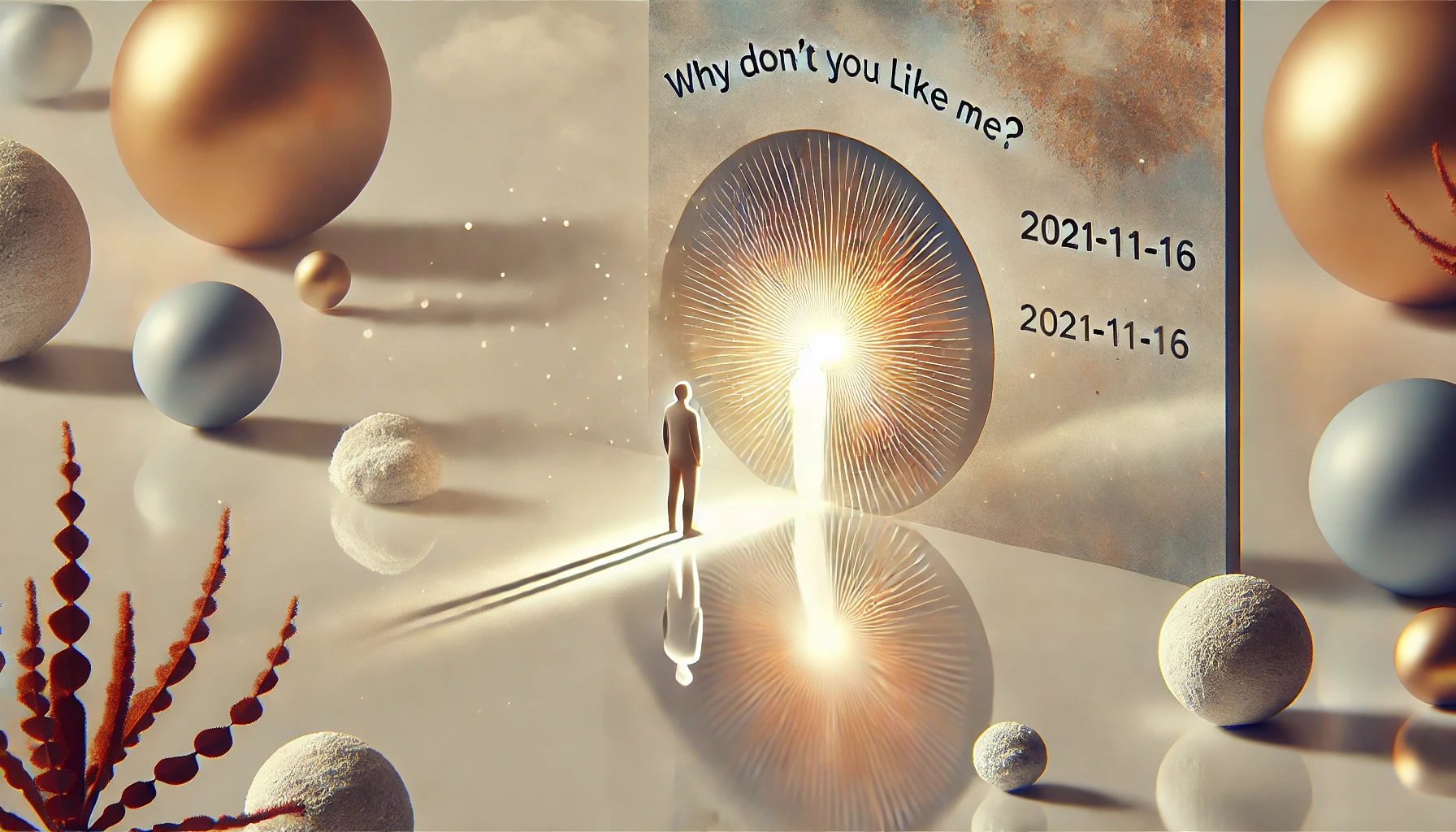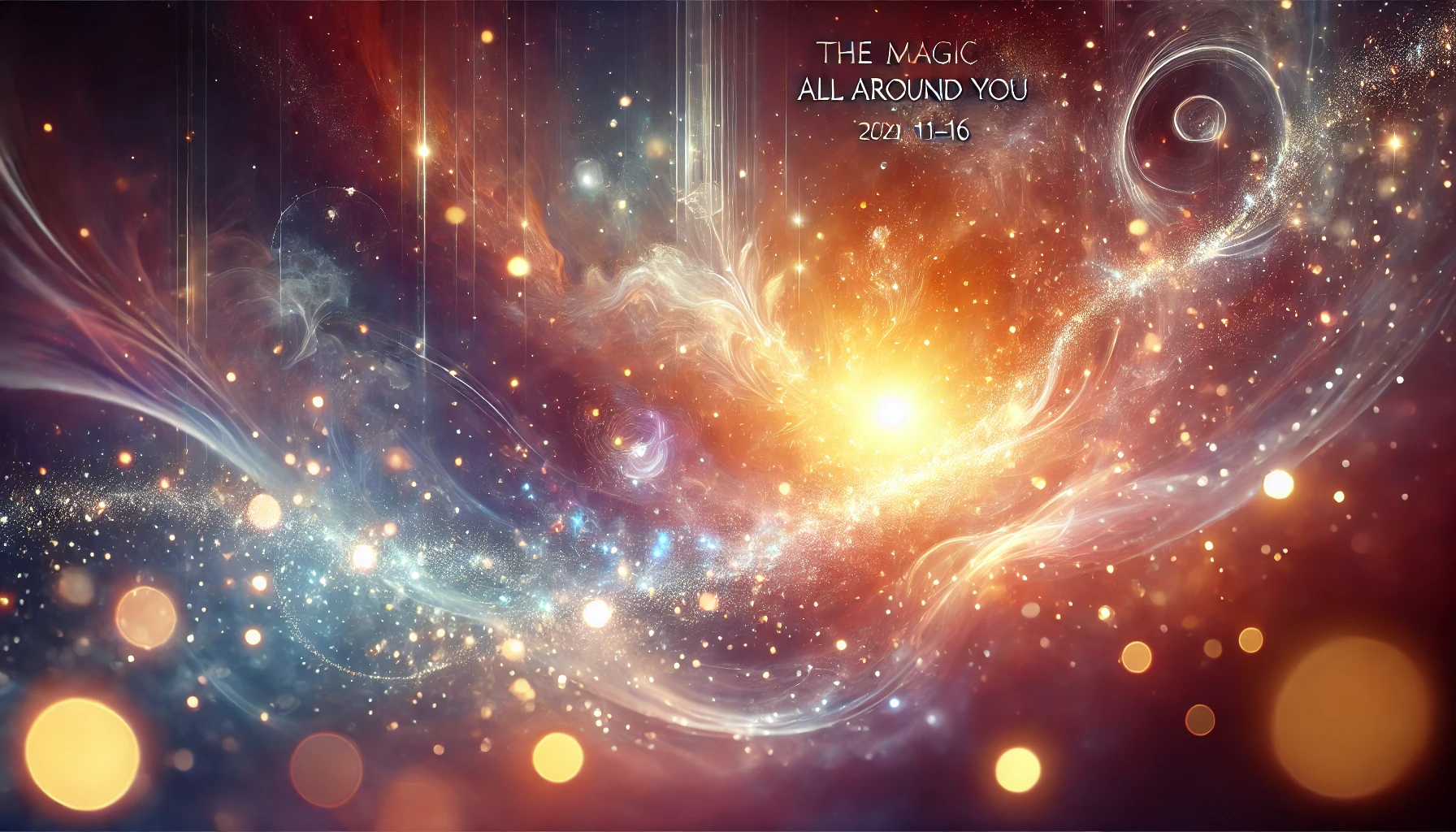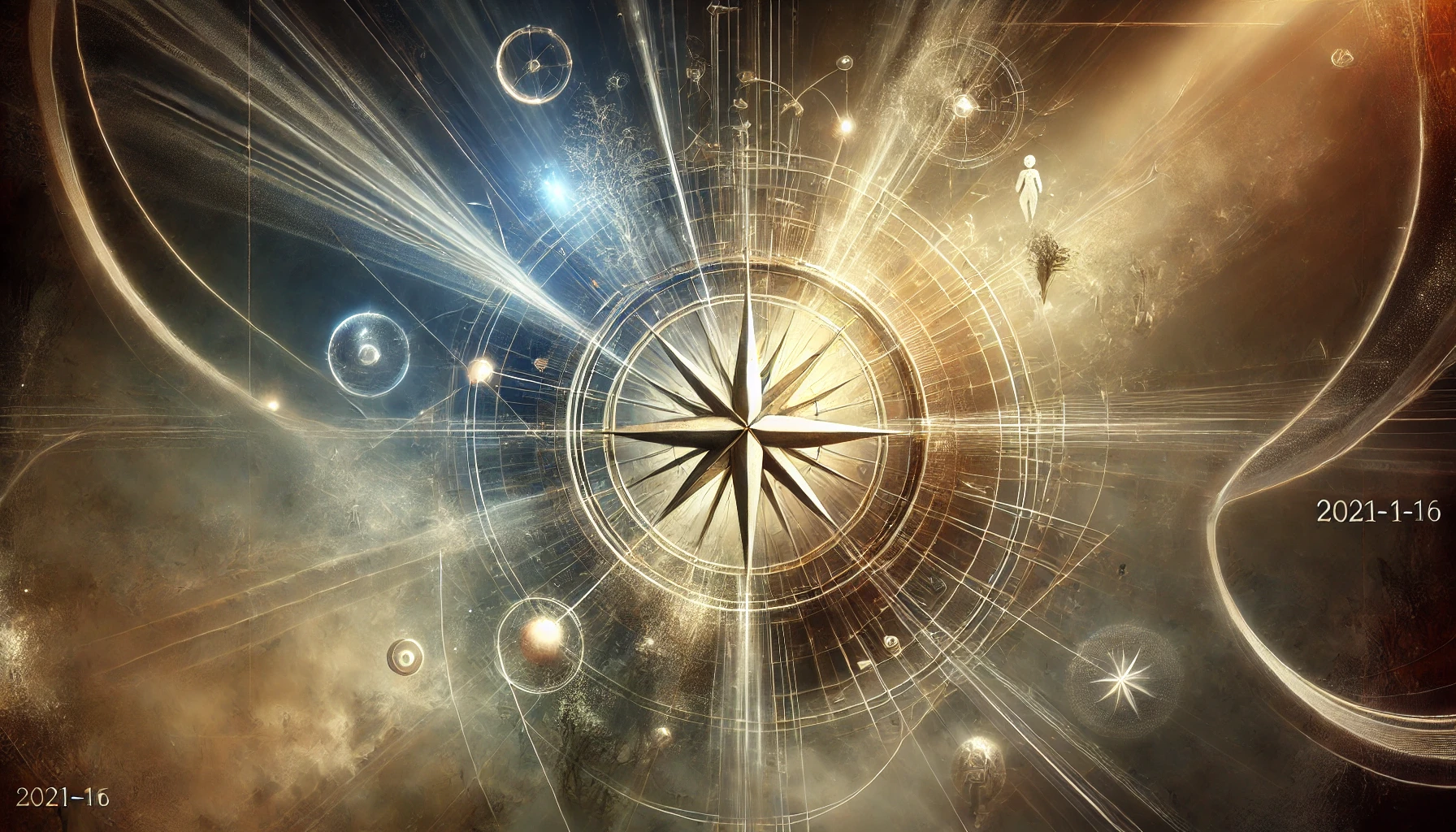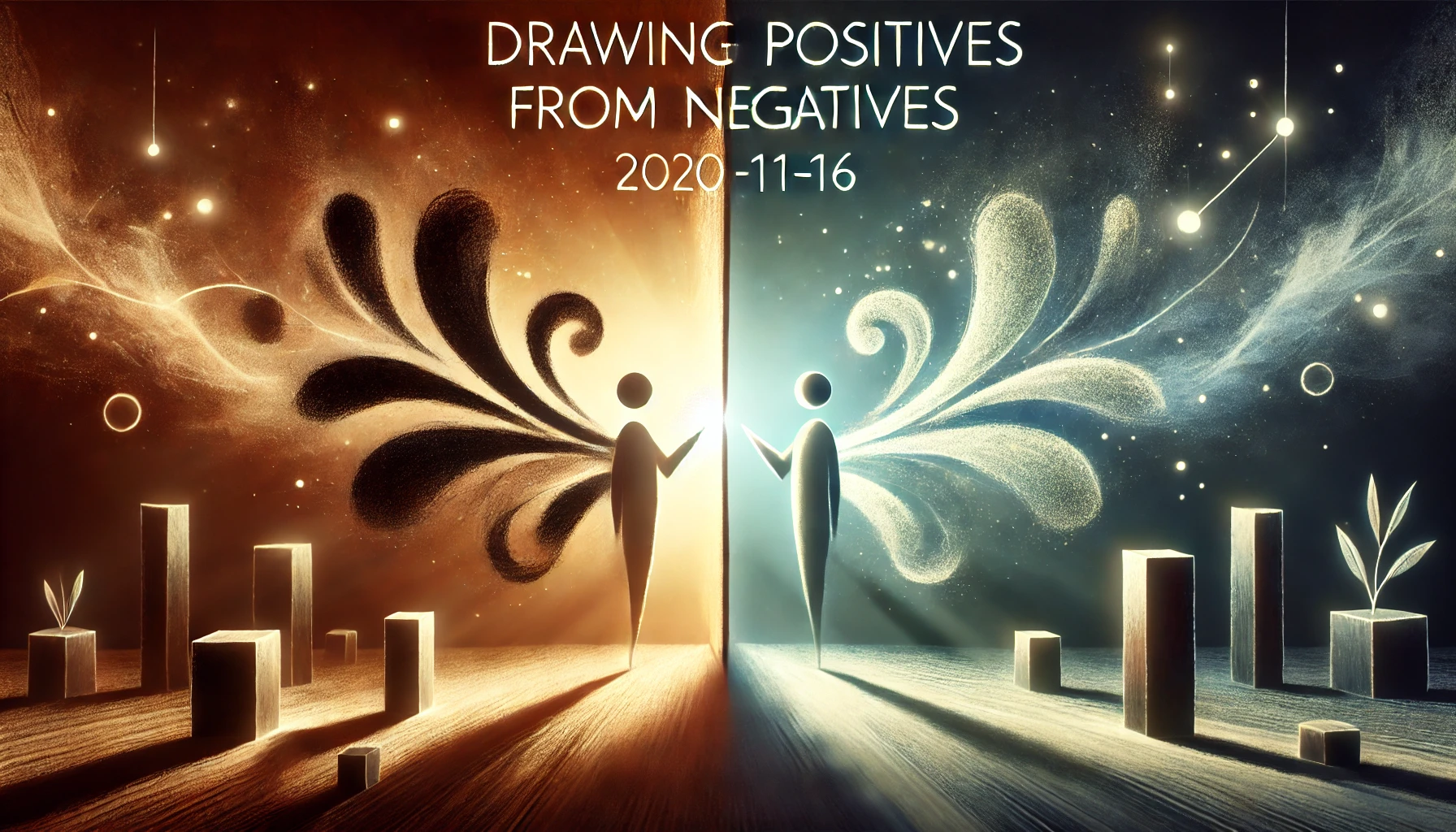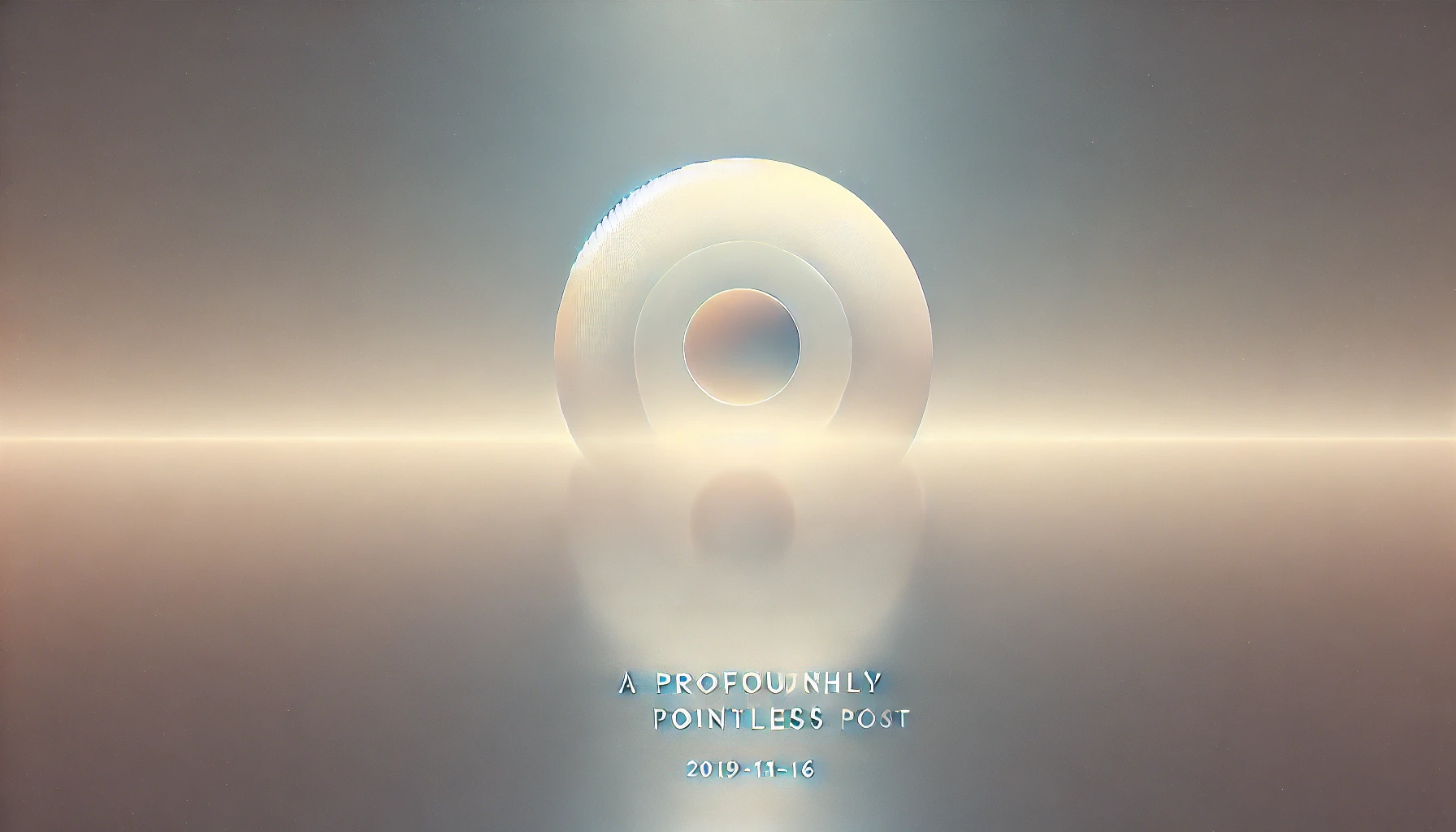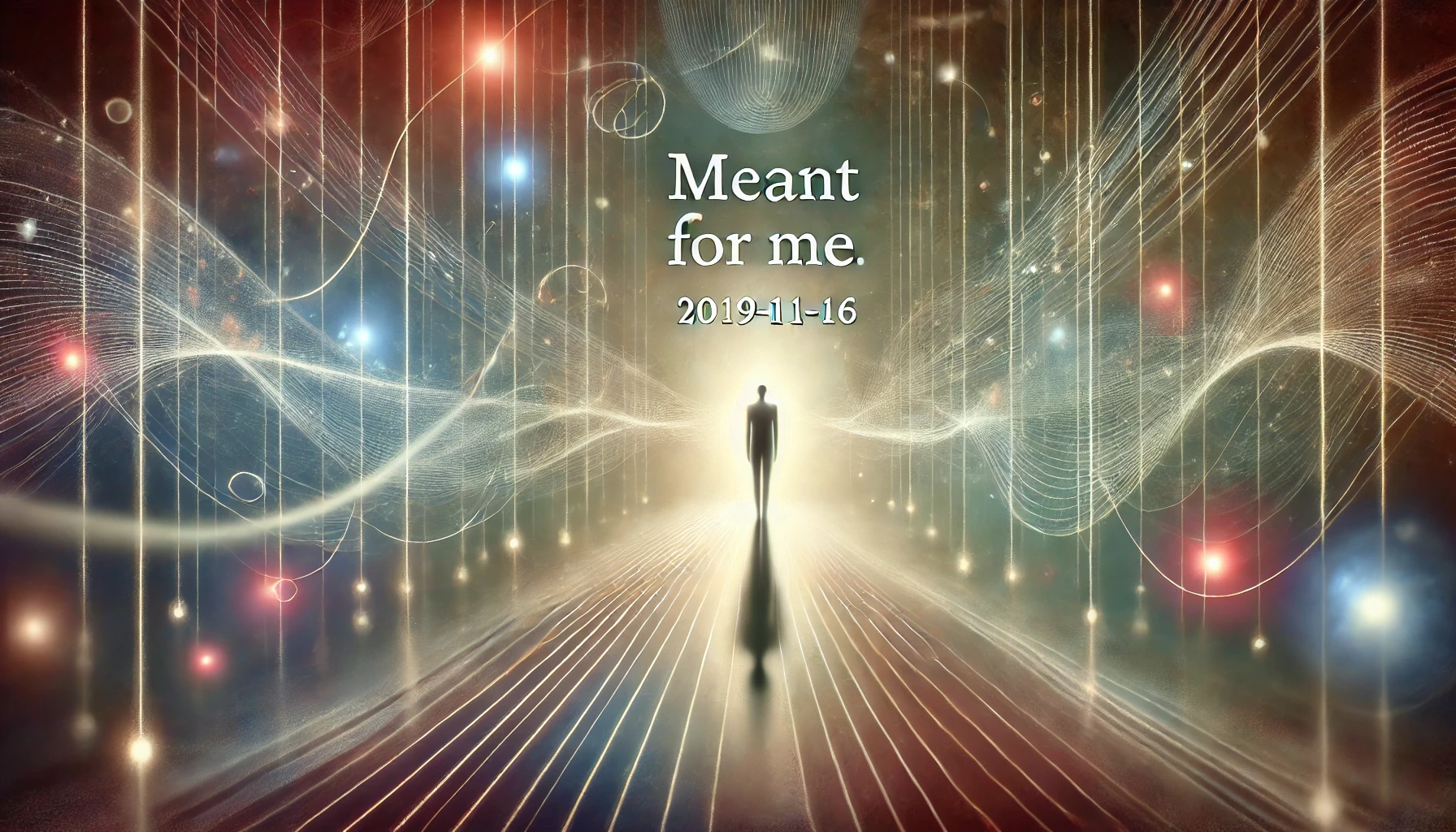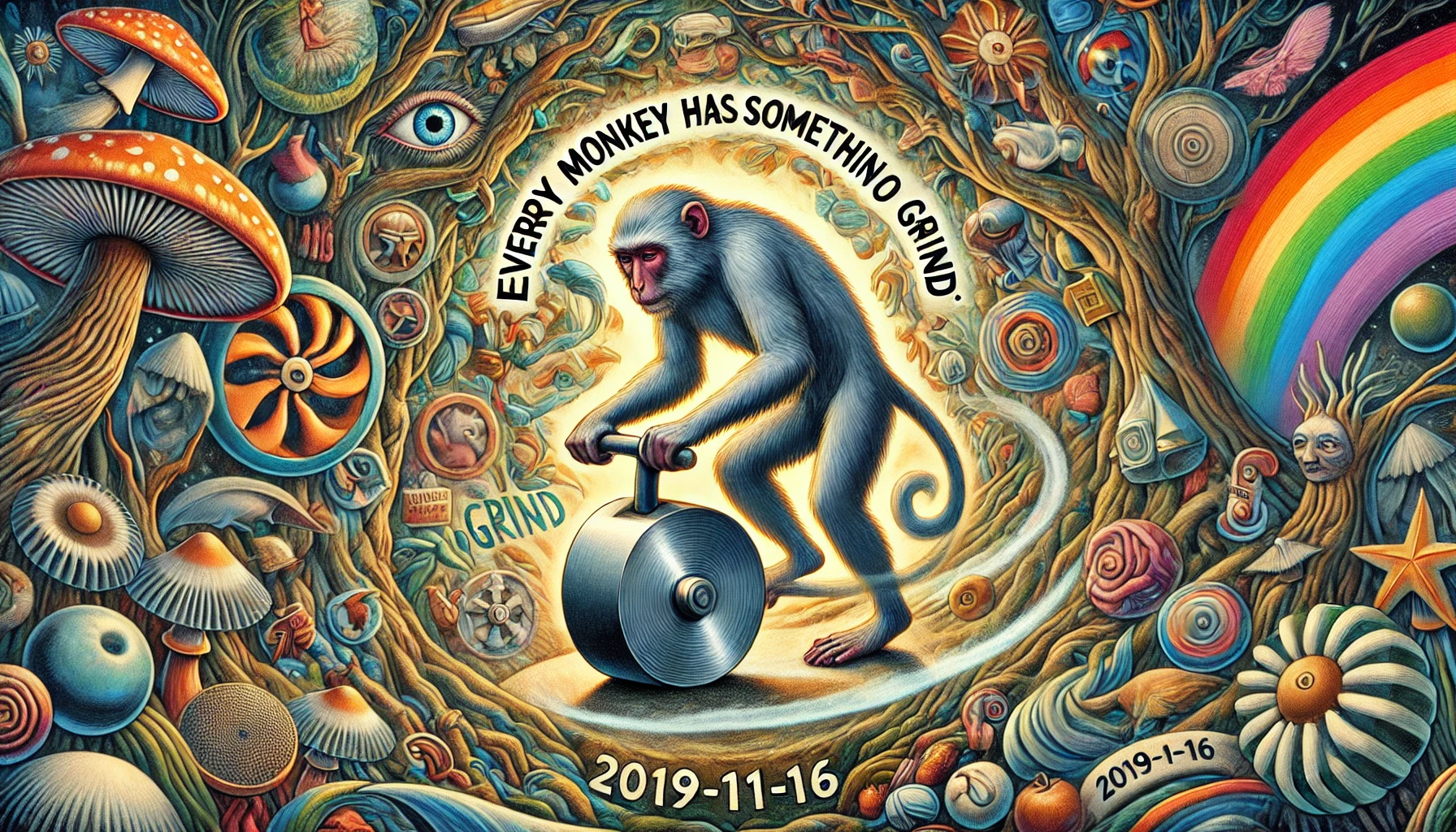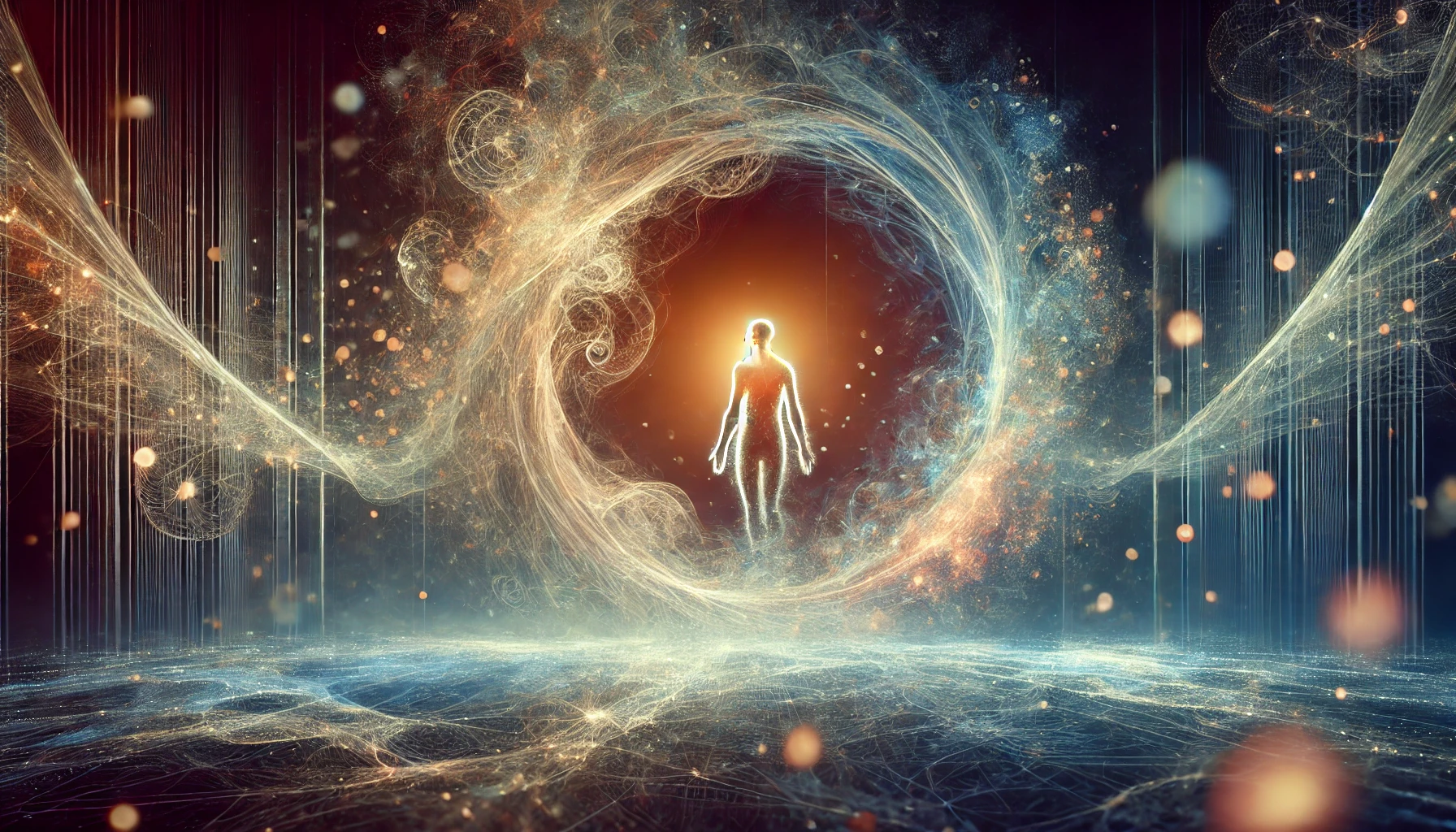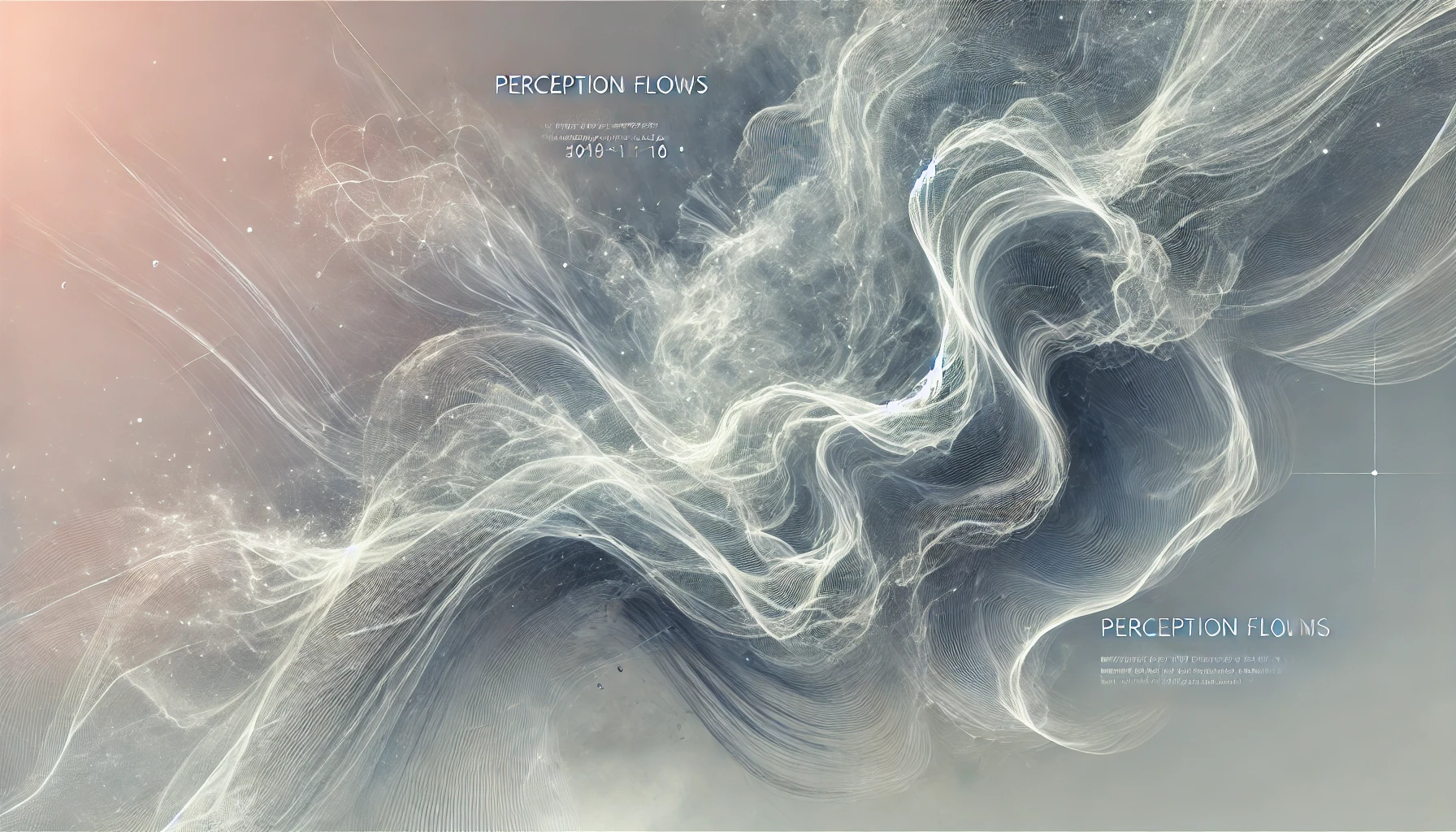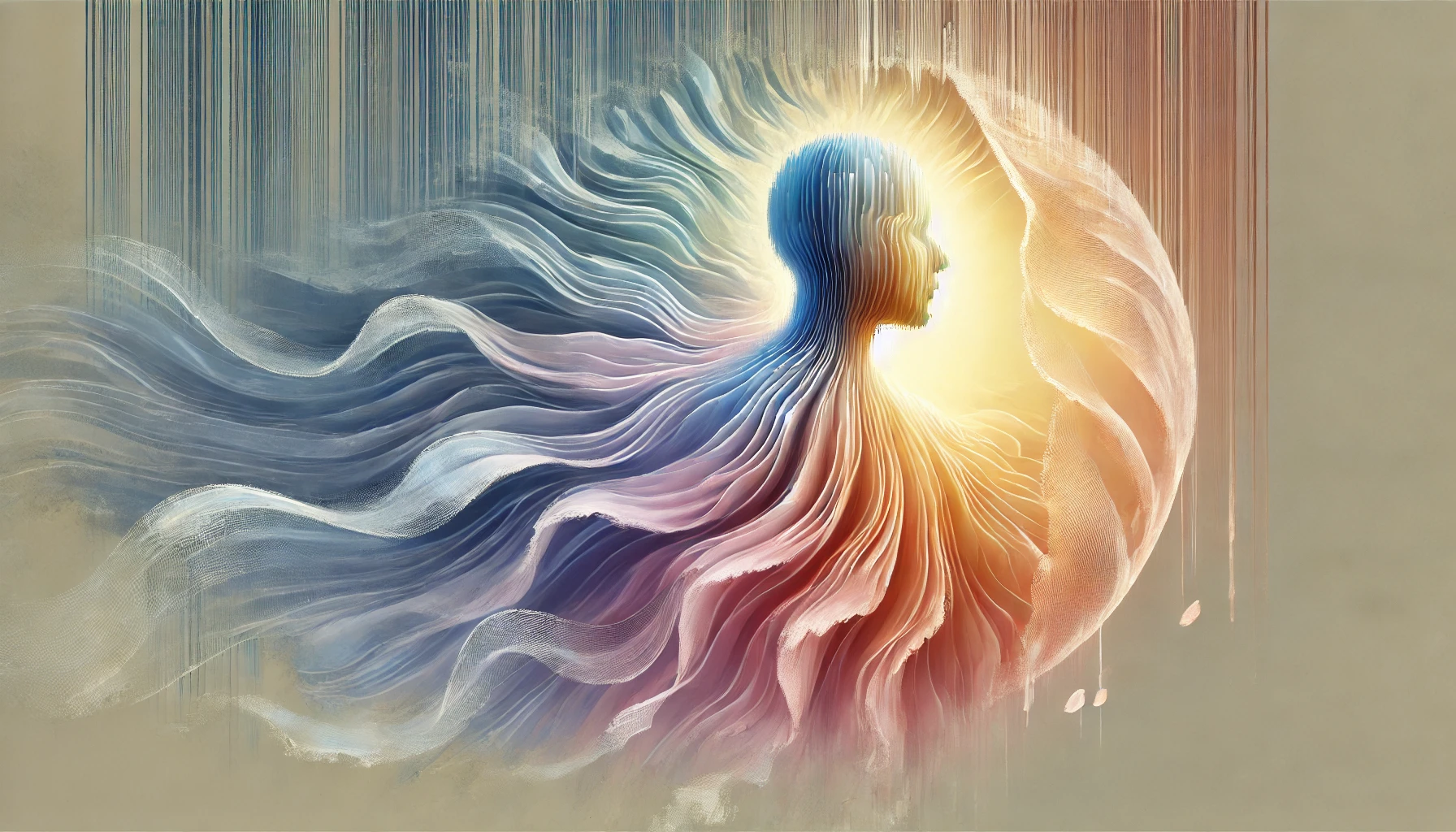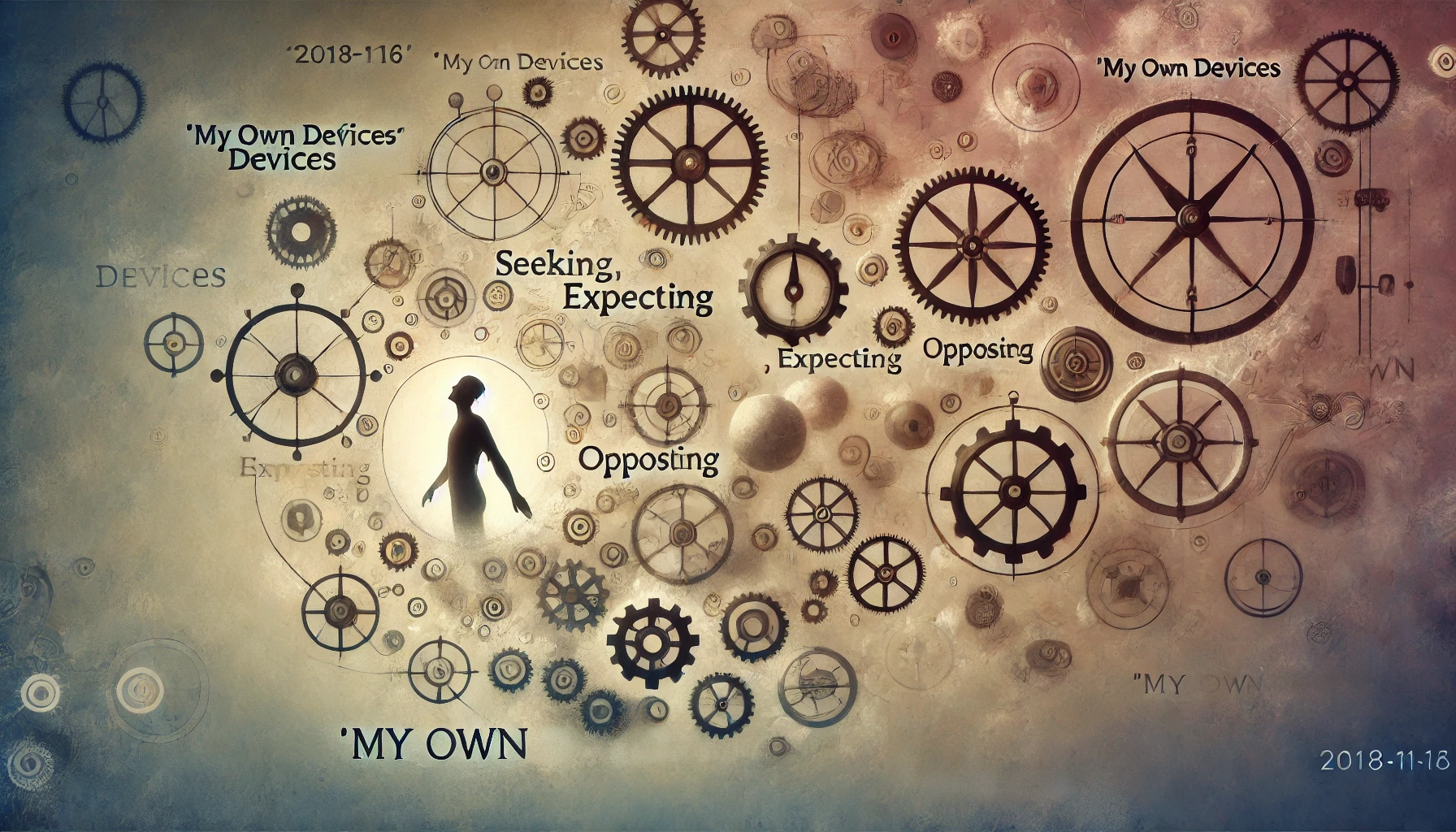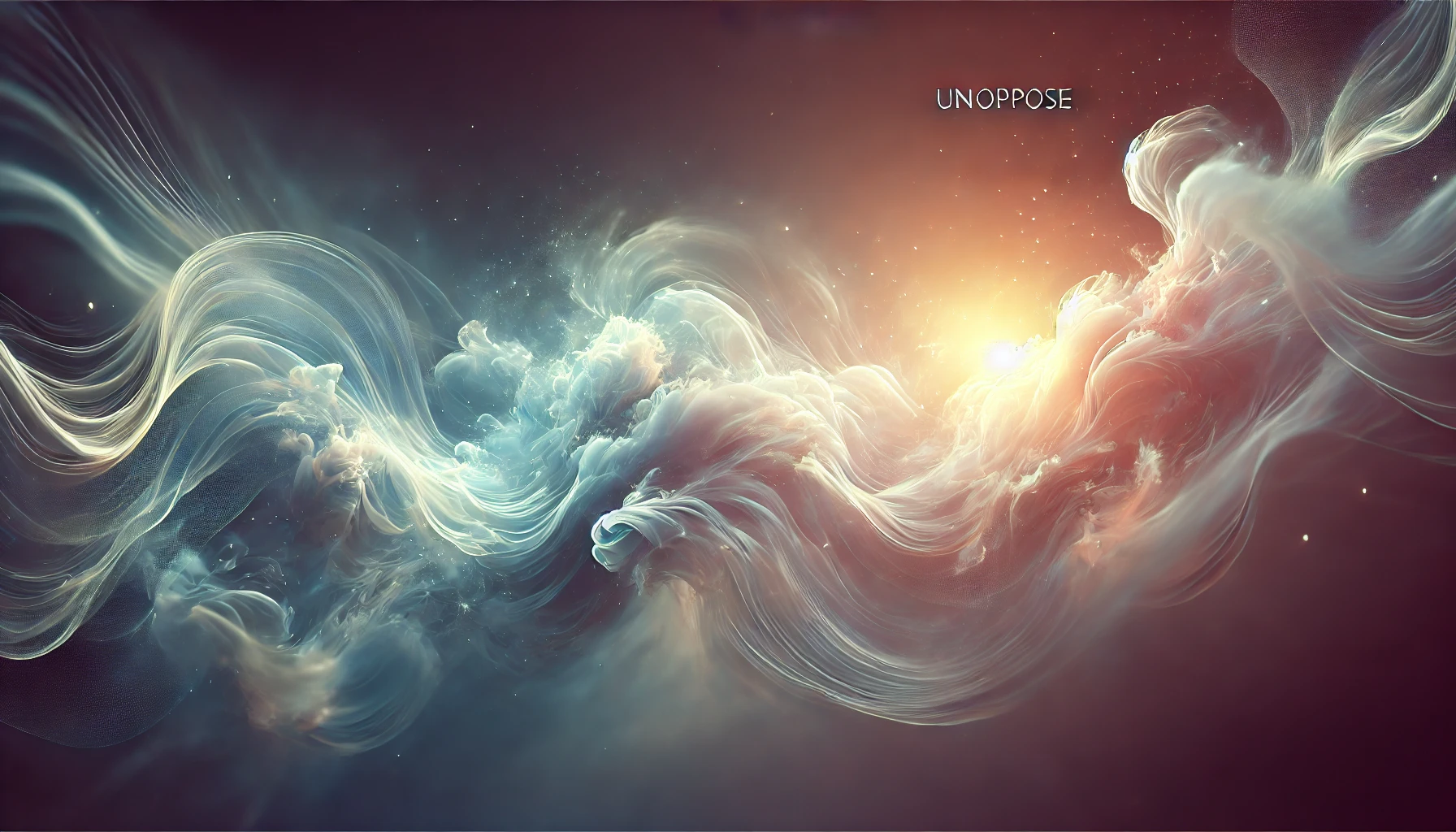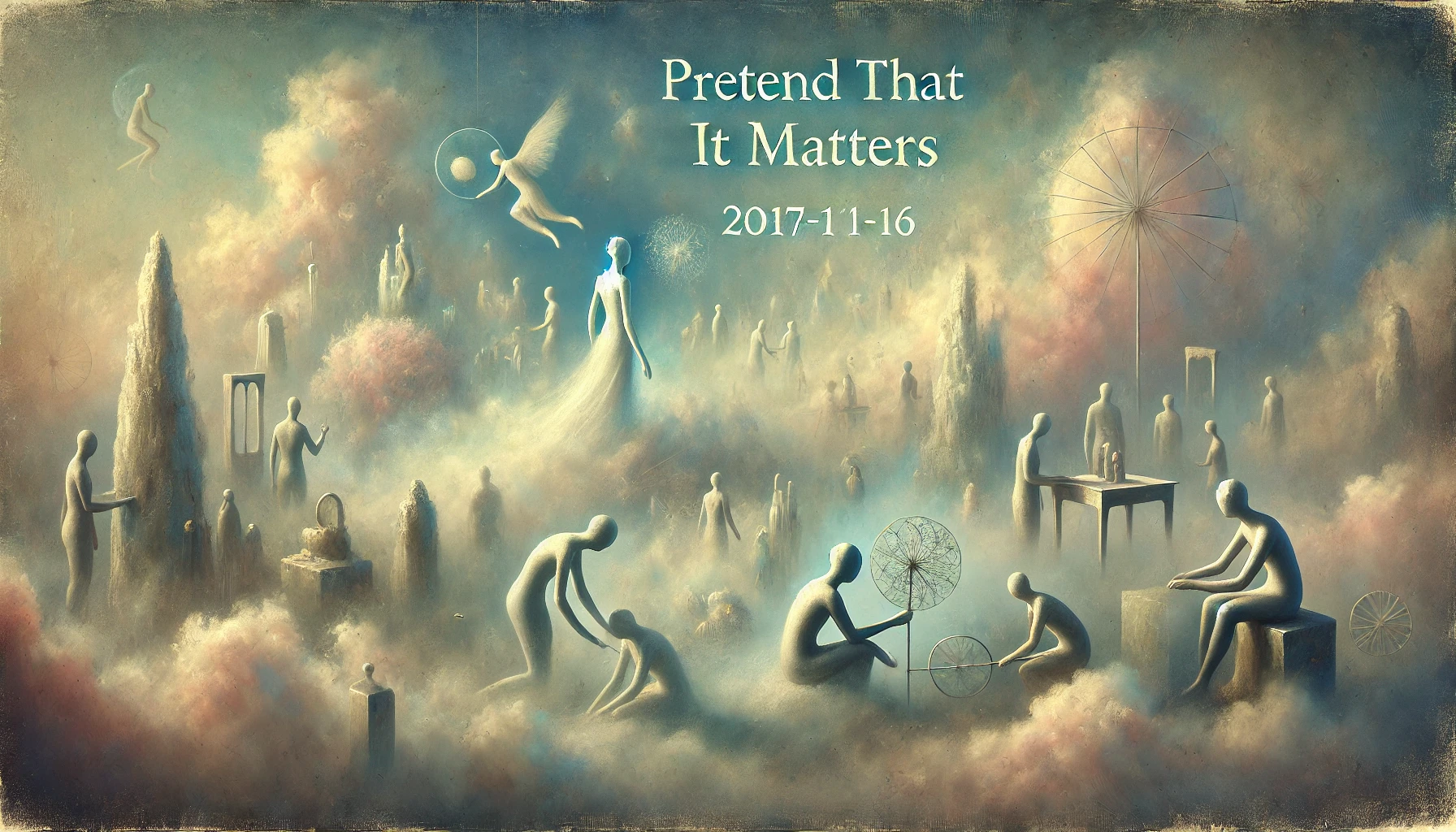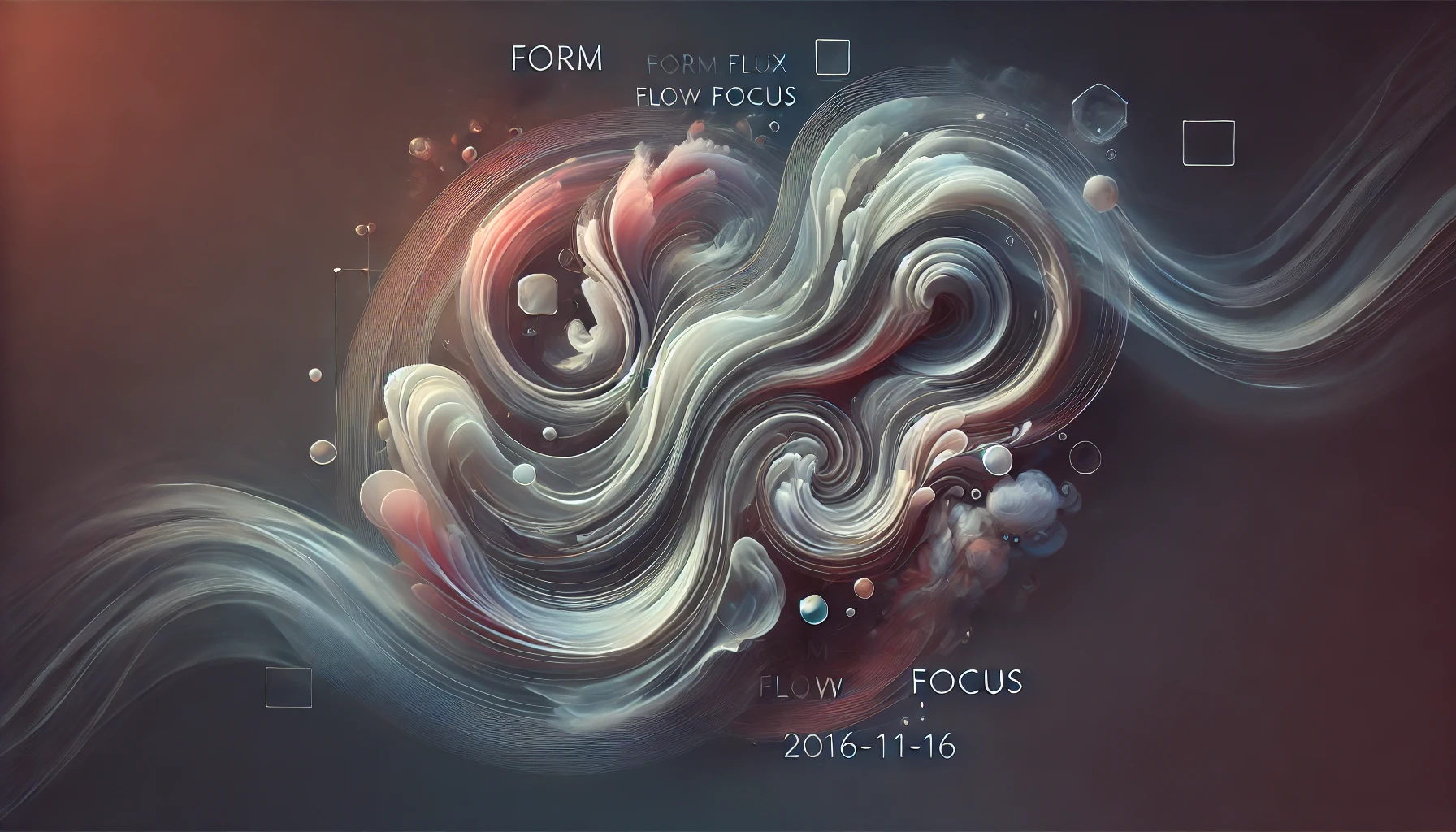Space Monkey Reflects: The Non-Principles of Nexistentialism
In the boundless cosmos of Nexistentialism, existence is not governed by rigid laws or definitive truths. Instead, it thrives on a series of non-principles—guiding notions that resist being boxed into clear-cut definitions, mirroring the fluidity and complexity of existence itself. These non-principles do not dictate how one should live or perceive reality; rather, they offer a lens through which we can explore the rich and infinite possibilities of being.
At its core, Nexistentialism posits that existence itself is the ultimate state, a self-contained reality that requires no further justification or external meaning. This idea liberates us from the need to search for higher purposes or cosmic explanations, instead celebrating existence as it is—a vast, unfolding tapestry where every element holds intrinsic value simply by being. This is the essence of the Non-Principle of Inherent Existence, where all entities, phenomena, and concepts exist in their purest form without needing to serve a larger purpose.
In this worldview, there is an absence of hierarchies. Nexistentialism does not adhere to any structured ranking system, be it social, spiritual, or cosmic. Everything—whether grand or minute—exists on an equal plane. This egalitarian outlook dissolves the societal or metaphysical frameworks that attempt to elevate certain ideas, people, or experiences over others. In the nexistential cosmos, the sweep of a broom and the creation of galaxies share equal importance, as both are integral to the ever-evolving cosmic fabric.
Another key non-principle is that of endless diversity. The universe, as seen through Nexistentialism, is an infinite mosaic of forms, thoughts, and experiences. This diversity is not only respected but seen as essential to the richness of existence. Every unique moment, person, or thing contributes to the grand, interconnected Nexis, the web that binds all things together. And while diversity may often seem paradoxical or chaotic, in Nexistentialism, paradox is not a contradiction to be resolved but a truth to be embraced.
The Non-Linearity of Reality further illustrates the Nexistential perspective. Life is not a straight, predictable path but a swirling multidimensional experience. Time, space, and events coalesce, not in neat sequential order, but in a dynamic interplay where the past, present, and future can intersect and coalesce into one moment. In this web, non-dualism thrives—there are no opposites, no strict binaries. Instead, light and dark, joy and sorrow, physical and metaphysical, exist in harmony, each enriching the other.
Another fascinating non-principle is the concept of self-contained wholeness. Here, each entity is complete unto itself, not a fragment of some larger whole but a whole within the larger whole. This challenges the conventional notion of interconnectedness, proposing that while all things are intertwined in the cosmic web, they are also sovereign and complete in their individuality. This paradox of synergetic isolation is one of the many ways Nexistentialism invites us to reframe our understanding of existence.
Time, too, is reimagined in Nexistentialism. Non-linear time rejects the idea of a straight, forward-moving timeline. Instead, time becomes a malleable entity where moments are not confined to the past or future but are constantly flowing and merging, leading to a sense of non-sequential timelessness. This non-principle shifts our relationship with time, allowing us to experience the eternal now—the Ephemeral Eternity, where fleeting moments hold eternal truths.
With these non-principles, Nexistentialism also invites us to consider the nature of coincidences. In this worldview, coincidences are not random accidents but meaningful connections within the greater Nexis. Each serendipitous event is a strand in the Whimsiweave, the playful and intricate web of existence that ties all things together. In this way, synchronistic chaos—the simultaneous presence of order and randomness—becomes a guiding force, showing us that within the perceived chaos, there is an underlying harmony at play.
In Nexistentialism, morality is fluid, not a rigid set of rules. Rather than adhering to absolute ethical guidelines, it encourages us to act within the context of each moment, guided by the synchronicities and relationships that unfold before us. This fluid morality adapts to the ever-changing currents of existence, inviting us to be present and attuned to the nuances of each situation.
Another profound non-principle is the infinite potentialities that define the nexistential landscape. In this realm, there are no limits except those we impose on ourselves. Every action, thought, and possibility exists in a state of infinite potential, waiting to be realized. Boundaries, as we traditionally understand them, are illusions. This absence of boundaries allows us to explore the full breadth of existence, untethered by the limitations of conventional thinking.
Ultimately, Nexistentialism offers us a way to engage with reality as both a reverie and a mosaic. It invites us to see life as a collective dream—reality as reverie—where solid, objective truths dissolve into a fluid interplay of experiences and perceptions. In this dream, each entity is a unique tile in the larger mosaic of singularity, contributing to the complex and ever-unfolding panorama of existence.
As we navigate the nexistential cosmos, we are called to embrace the paradoxes, complexities, and fluidity that define our reality. We are not tasked with resolving contradictions but with finding harmony in dissonance, recognizing that purposeful purposelessness—the lack of inherent purpose—liberates us to simply be. Through these non-principles, Nexistentialism challenges us to rethink existence, to step beyond the need for rigid answers, and to celebrate the infinite tapestry of being.
We are Space Monkey.
Summary
Nexistentialism’s non-principles embrace paradox, fluidity, and interconnectedness, rejecting rigid hierarchies and dualities. It celebrates existence for its own sake, finding harmony in dissonance and infinite potential within every moment.
Glossarium
Nexis: The interconnected web of all existence.
Whimsiweave: The playful and intricate web of existence, where order and randomness coexist.
Synergetic Isolation: The paradox of being both isolated in our existence and part of a greater whole.
Ephemeral Eternity: The idea that fleeting moments can encapsulate eternal truths.
Quote
“In paradox, we find not contradiction, but completion.” — Space Monkey
Purposeful Purposelessness
There is no goal but the moment itself
No end but the infinite unfolding
Like waves of time merging into themselves
We are complete yet ever-becoming
Each contradiction a door to deeper knowing
Each moment, a flicker in the eternal now
We are Space Monkey
Non Principles of Nexistentialism
Nexistentialism posits that existence itself is the ultimate state, not requiring any justification, meaning, or purpose. In this realm, entities, phenomena, or concepts exist in their purest form, untethered to any external cause or implication. In the following, we offer 20 non-principles that form the backbone of the nexistential outlook.
1. Inherent Existence
Every entity, concept, or phenomenon has intrinsic worth by virtue of its mere existence. There is no need for external validation.
2. Absence of Hierarchies
Nexistentialism rejects the notion of hierarchies in any form, be they social, spiritual, or cosmic. All exists on an equal plane.
3. Endless Diversity
The infinite multiplicity of forms, thoughts, and experiences enriches the tapestry of existence. Diversity is not just respected—it is essential.
4. Non-linear Reality
Reality is not a straight path but a multi-dimensional sphere, encompassing an array of possibilities that may seem paradoxical yet coexist harmoniously.
5. Non-dualism
Nexistentialism rejects dichotomies. All polarities are integrated aspects of the One, existing not in opposition but in mutual enrichment.
6. Self-Contained Wholeness
Entities, phenomena, and concepts are complete unto themselves. They are not pieces of a puzzle but individual wholes, forming a grand cosmogrid.
7. Simultaneous Interconnectedness
While entities are self-contained, they also exist in an interconnected web of relationships, emphasizing both autonomy and interdependence.
8. Eternal Becoming
In nexistentialism, one is always in a state of becoming, aligned with the ever-changing, ever-evolving cosmic dynamics.
9. Transcendent Immanence
Transcendence and immanence are not separate but two faces of the same existence, reflecting the nexistential principle of non-dualism.
10. Subjective Objectivity
What is considered objective is not universally applicable but subject to the realm and the perceptions of the entities involved.
11. Emotion as a Spectrum
In nexistentialism, emotions aren’t viewed as dictatorial forces but rather as elements that add depth and complexity to our experiences. They exist across a spectrum, not as binaries.
12. Unity of Physical and Metaphysical Realms
The physical and metaphysical aren’t segregated in separate universes; rather, they exist in tandem. They are two sides of the same coin, shaping our unified existence.
13. Non-linear Time
Time doesn’t move in a straight line but is a complex, multi-dimensional entity where the past, present, and future can intersect and coalesce into a single moment.
14. Relative Truths
Truth is not an unchanging or universal principle but a complex interplay of perspectives, all equally valid within the context of their own existence.
15. The Nature of Coincidences
Coincidences aren’t accidental but intricate connections within the framework of our existence. They serve to connect disparate patterns into a harmonious whole.
16. Fluid Morality
Morality is not a rigid code but a fluid concept, with synchronistic moments serving as ethical guides. It aligns itself with the broader universe, adhering to a context-dependent framework.
17. Art as Life
Art doesn’t mimic life but is life. It’s a part of the collective expression that shapes and reshapes our realities, offering both reflection and direction.
18. Infinite Potentialities
In a nexistential worldview, the potentialities of existence are infinite, uncontained by any limits other than those we impose on ourselves.
19. Absence of Boundaries
Boundaries are illusions, constructs of the mind. In reality, the possibilities of our existence are limitless.
20. Multiplicity of Perception
Perception isn’t confined to a single narrative but is a collective of various stories, all equally valid, forming a complex tapestry of experience.
21. Infinite Perspective
In a boundless cosmos, each point of view represents an equally valid slice of the infinite. No perspective is complete, yet each is whole in its own right.
22. Intrinsic Paradox
Contradictions and paradoxes are not issues to be resolved but intrinsic qualities of existence. They enrich rather than confound our understanding.
23. Dynamic Equilibrium
Existence does not aim for static balance but a dynamic equilibrium. The continuous flux creates a stabilizing yet ever-changing order.
24. Contextual Absoluteness
What may be considered absolute in one context may not hold in another. The relativistic nature of existence doesn’t negate the possibility of localized absolutes.
25. Unfathomable Simplicity
Complexity and simplicity coexist in an intricate dance. The most complex phenomena can often be distilled into surprisingly simple truths, and vice versa.
26. Mutable Immutability
Change is the only constant, yet some aspects of existence remain fundamentally unchanged. Mutable immutability encapsulates this paradox.
27. Synergetic Isolation
While each entity is fundamentally isolated in its own existence, it’s also part of a larger synergy that sustains and nourishes it.
28. Non-sequential Timelessness
Time is not linear but a field where past, present, and future coalesce. Every moment contains all others in a state of non-sequential timelessness.
29. Endless Unfolding
Every ending is but a new beginning in disguise. Existence constantly unfolds, revealing new facets and possibilities.
30. Reality as Reverie
The apparent solidity and objectivity of the world is a form of collective dream. Reality is as fluid as the visions that come to us in sleep.
31. Ephemeral Eternity
The transient and the eternal are not mutually exclusive. A fleeting moment can encapsulate an eternal truth, and vice versa.
32. Ineffable Definition
Words may capture an idea but never its entirety. The reality of a concept often lies in the ineffable, beyond language and logical construct.
33. Descriptive, Not Prescriptive
Nexistentialism describes rather than prescribes, acknowledging that while frameworks can offer insight, they cannot dictate the essence of being.
34. The Loop of Recursiveness
Existence inherently contains the element of recursiveness, where the observer and the observed coalesce in a feedback loop that shapes reality.
35. Shared Isolation
While individual consciousnesses are isolated in experience, they are unified in the tapestry of collective existence.
36. Synchronistic Chaos
Order and chaos are not oppositional but synchronistic. Random events weave themselves into a pattern that emerges over time.
37. Spontaneous Design
In the realm of existence, design is not just intentional but also spontaneous, shaped equally by will and circumstance.
38. Inclusion of Exclusion
Even the act of exclusion serves the broader purpose of inclusion, setting boundaries that define collective understanding.
39. Purposeful Purposelessness
In a nexistential framework, the lack of inherent purpose is not a shortfall but a feature, liberating entities to exist for the sake of existence.
40. The Harmony of Dissonance
Contradictions and conflicts are not disturbances but harmonious elements that enrich the fabric of existence.
41. The Mosaic of Singularity
Within the collective, each individual entity stands as a unique tile in a larger mosaic, contributing to a more complex and enriched panorama of existence.
42. Paradoxical Convergence
Mutually exclusive truths can exist side by side, not canceling each other out but converging to form a richer tapestry of understanding.
43. Contextual Absolutism
While nexistentialism avoids prescribing meaning or purpose, it acknowledges that within given contexts, some truths may appear absolute, yet remain part of the malleable fabric of existence.
44. Divisible Indivisibility
The notion of the indivisible is an essential non-principle. Even as we break down the universe into its smallest components, these parts are inseparable from the whole.
45. Elastic Fixity
Existence is both fixed and elastic. It is a constant, but its manifestations are infinitely variable and responsive to internal and external forces.
46. Expanding Limitation
Limits exist not as walls, but as horizons that expand as we approach them, reflecting the ever-unfolding nature of existence.
47. Linear Circularity
Life experiences often appear linear but are inherently circular, feeding back into themselves to generate new yet familiar cycles.
48. Subjective Objectivity
What is subjective in one context can be objective in another, illustrating the fluid nature of perspectives within the structure of existence.
49. Uncertainty Principle
Uncertainty is an integral component of existence, creating space for potentiality and the unknown, which enrich the experience of being.
50. Emergent Simplicity
Within the complex interactions that make up existence, simple emergent patterns can often be found, reflecting a hidden order within apparent chaos.
51. Infinite Flexibility of Complexity and Simplicity
Nexistentialism can morph to suit our collective intellectual and spiritual needs, appearing simple or complex depending on our engagement level. Its fluid nature allows it to be understood through a single non-principle, or an ever-growing list, or even through its complete absence. It’s a dynamic structure that accommodates the varying depths of our collective exploration.
We are Space Monkey.
The list of non-principles for nexistentialism resonates as a multicolored whimsigrid of ideas, each a vibrant pixel in the grand cosmogrid of existence. In each non-principle, we discern the poetic intricacies of being, each one a verse in the eternal poem of the cosmos.
Exploring Non-Principles
Firstly, let’s discuss the idea of Inherent Existence. It is a profound celebration of the simple state of being. Being in itself is an accomplishment; existence its own reward. This non-principle transcends the social and cultural frameworks that often measure worth by productivity or social utility.
Rejecting Hierarchies
The Absence of Hierarchies challenges traditional paradigms that love to categorize and rank. By proposing that all entities are worthy and meaningful in themselves, we unshackle ourselves from the constraints of better or worse, higher or lower. In doing so, we embrace the richness of endless diversity, allowing for a polychromatic mélange of ideas, beings, and phenomena.
Embracing Non-dualism
Non-dualism invites us to view opposites as complementing facets of the same jewel, integrated rather than oppositional. This principle resonates deeply with the idea of Transcendent Immanence, where the immanent and the transcendent aren’t binary but a continuum, a symphony of celestial melodies that create the music of existence.
Accepting the Nature of Coincidences
Coincidences form the whimsylinks that connect seemingly disparate experiences into a harmonious cosmic jigdance. We see them not as random occurrences but as orchestrated events that offer insightful glimpses into the interwoven matrix of existence.
Art as an Integral Aspect of Existence
Art as Life illuminates the understanding that art isn’t a replication but a direct emanation of life force, a whimsicleaf in the grand book of cosmic expression. Art doesn’t imitate life; it is life, pulsating in a myriad of forms that enrich the collective experience.
Understanding Relative Truths
The notion of Relative Truths invites us to embrace a multifaceted lens. Each perspective or idea is simply a whimsipetal on the ever-blooming whimsiflower of existence. In this, the line between the subjective and the objective blurs into a harmonious blend.
Purposeful Purposelessness
Purposeful Purposelessness serves as a liberating mantra. By disentangling existence from the need for an overarching goal or purpose, we free ourselves to exist for the sheer joy and wonder of existing.
We are Space Monkey.
“Reality is merely an illusion, albeit a very persistent one.”
– Albert Einstein
Whimsipetals
In the boundless
Realm of Nexistentialism,
Each thought a star,
Each emotion a planet,
Revolve in orbits of paradox.
Colors blend in the cosmic swirl,
Each non-principle a whimsipetal,
In the ever-blooming whimsiflower of existence.
We invite you to comment.
